The History File
April 2019
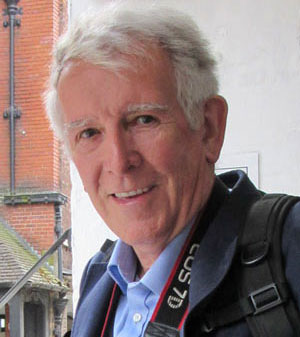
David Cummings
The Village Pump House
I’m often asked about the history of the pump house in the centre of the village. It is quite a unique feature, although you will find a very similar one at Eccleston. This particular pump house was built in memory of Augusta Maria Fuller, sister of Lucy Anne Ince, a very influential lady in the history of the village who lived at The Old Hall. Her wealth had come mainly from the estate of her family, distant relations of Sir Francis Drake, and her husband Townsend, colonel of the Cheshire Militia, and grandson of Robert Townsend, Recorder of Chester responsible amongst other things for the building of the Chester Canal.
The Village pump served as a source of water until the 1950’s, when the water supply was modernised, but was last drawn from the well in the severe weather of 1963. The responsibility for the upkeep of the well fell to the Way Warden. In 1863 he was requested “to make arrangements with the firm of Gates of Chester, or some other pump maker, to keep the village pump in repair at a stated fee per annum.” The well is about 20m (65ft) deep and goes down into the red sandstone bedrock dating from the Devonian period of geological time and shows that the area where the village now stands was under the sea about 300million years ago.
The pump was obviously very important to all villagers, but Mrs Ince had wanted to have her own pump. In March 1885 the records say that “permission be granted to Mrs Townsend Ince to connect Holly Bank (now Birch Heath Lodge) and the Old Hall with the Parish well by means of a separate pump fitted with a nozzle and tapped a yard from the bottom, at her own expense, on the condition that she paid the churchwardens the sum of five shillings per year; that Mrs Townsend Ince allow the parishioners the use of her pump when the main pump is out of order”
At some stage after this, an electric pump was provided to pump the water and was situated in the middle of the pump house itself, but was never very successful, and the hand pump was restored to be used outside the pump house in its present position. In 1984 the Pump House and Parish Boundary stone on Whitchurch Road were included on Cheshire County Council’s list of buildings of special architectural and historic interest. After over a century of exposure to the elements, the original oak shingles, which had lasted since the pump house was built, were replaced in March 1995. Charles Smeatham made an oak lid for the well, and the County Council provided a spotlight. Eric Kenyon later attended a special ceremony to receive a commendation award for the restoration of the Pump House.
There are still water pumps to be seen outside houses in the village, as wells were still a source of water until the 1950’s. eg. There is one by the side of the Old Farm in Village Road, and another in the small yard behind the Dixon’s Houses. These water pumps were a necessary means of obtaining water which was naturally stored in the sandstone rock beneath the village. Another source of water especially for the use of farmers, was from village marl pits, the biggest being The Pit at Little Heath. We know that this particular Pit dates back to at least 1710, as Gerard Townsend from the Old Hall was using this for breeding fish, a source of food for his family and possibly the village. What was unique about this story is that references are made to it in a court case in 1776, when Robert Townsend his son was prosecuted by the Lord of the Manor Sir John Harpur of Caulke Abbey in Derbyshire, for not paying the tax on his pond for fish.
-
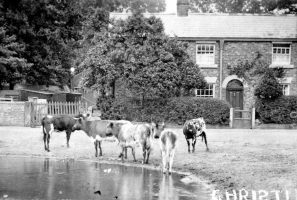
Watering hole for cattle 1907
-
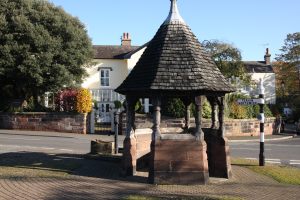
Pump House and pump today
-
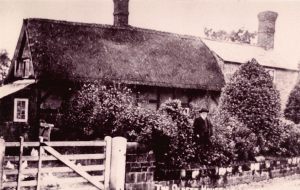
Christleton Old Farm
-
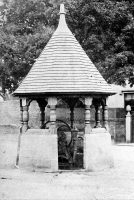
Pump House with electric pump
-
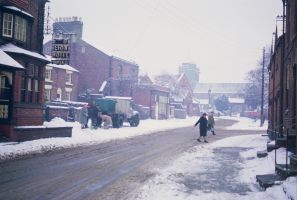
Water tank in Christleton 1963
-
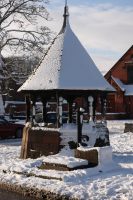
Christleton Pump House today
-
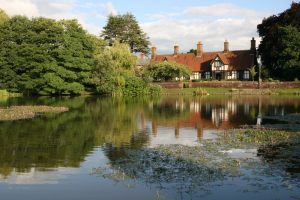
The Pit Christleton
-
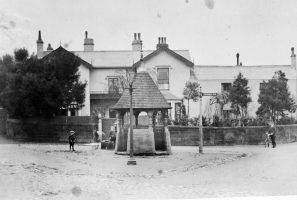
Pump House circa 1907 Christleton
-
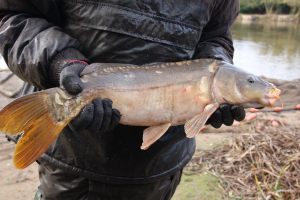
Pond for the fish Christleton








